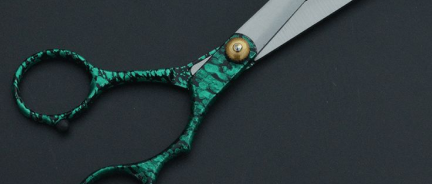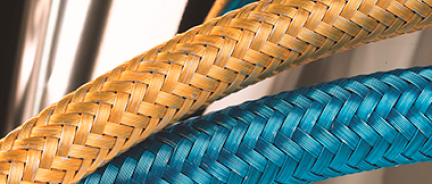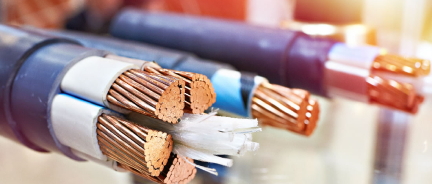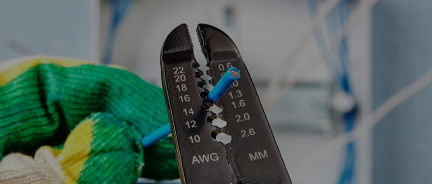Bus Drop Cable vs. SOOW and other Portable Cords
What Is a Bus Drop Cable, And What Is It Used For?

Bus drop cable is a portable service cord for all kinds of portable applications of different complexity. While it is a legit subtype of portable service cord, there is some degree of confusion as to how it used because this cable is not part of the Underwriters Labs (UL) Standard that describes portable cords, such as SOOW, SJOOW, and STW, even though the cable is generally UL-listed.
Bus drop cable and its applications are mainly mentioned in the National Electric Code in articles 368.56 and 400.7/400.8. The cable is called bus drop because, in most applications, it is dropped from the ceiling, and it is approved for use in busways. The cable can, at times, be referred to simply as a drop cord.
A bus drop cable is used in:
- The connection between power sources and different types of equipment. The cable is installed in the vertical riser for this application.
- In branches from busways. These two are the main applications of the cable, even though it can be used for other things as well.
- Portable power equipment for power and connection between devices.
- Stationary power equipment for power and connection between devices.
- The cable is not used for permanent wiring of the building and as fixed wiring of a structure as per the National Electric Code. All portable power cables are not approved for permanent wiring.
How Does Bus Drop Cable Compare To Other Types Of Service Cords?
- Bus drop cable has a voltage rating of 600V, like senior power cables SOOW, SEOOW, and STOOW.
- Bus drop cable is rated for indoors/outdoors and wet/dry applications, like most of its counterparts. However, this varies depending on the manufacturer.
- Bus drop cable has thermoplastic insulation, just like cables SJTOW and STOW. This means that the cable is durable, light, and relatively inexpensive but less flexible than cables like SOOW and SJOOW.
- The cable has a PVC outer jacket, which is not quite tough.
- Though the specifications may vary, most bus drop cables have three stranded bare copper conductors.
- The cable is manufactured in sizes between 14 AWG and 2 AWG.
- Unlike other service cables, the bus drop cord has an uninsulated grounding wire for each conductor. This is, perhaps, its most distinguishing physical characteristic.
- Like other service cords, bus drop cable is resistant to oil, weather, and ozone. However, it does not have the double "OO" rating that would suggest both its insulation and jacket are impenetrable by oil.
Buying A Bus Drop Cable
Nassau National Cable offers high-quality inexpensive bus-drop cable that is resistant to oil and is rated for indoor/outdoor use. The maximum operating temperature of the cable is 60 C for sizes 6 through 2 AWG, and 75 C for 14 AWG-8 AWG cables.
If you are looking for a different service cord, shop for top-notch SOOW, SEOOW, SJOOW, STOOW, STJW, and other cables from top manufacturers.

















